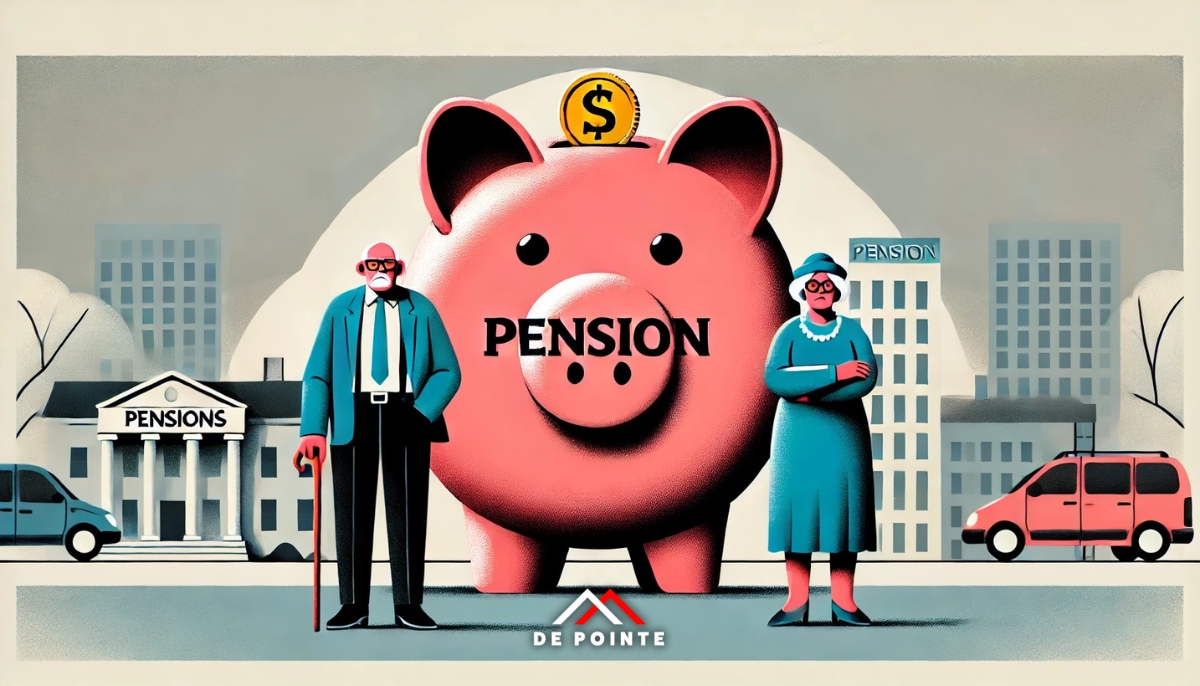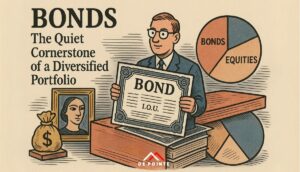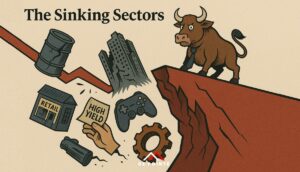Article

Retirement has long been the reward for decades of hard work, but in an era of economic uncertainty, rising inflation, and longer life expectancies, traditional retirement planning strategies may no longer suffice. Investors and savers alike must rethink their approach to ensure they not only retire comfortably but also sustain financial security throughout their golden years.
The Challenges Facing Retirement Planning
Many retirees today face a range of financial headwinds that threaten their long-term financial well-being:
- Inflation and Purchasing Power Erosion: Rising prices mean that savings held in cash or low-yield assets lose real value over time.
- Market Volatility: Traditional investment vehicles such as stocks and bonds can be subject to fluctuations, impacting retirement portfolios.
- Longevity Risk: With people living longer, retirees need solutions that prevent outliving their savings.
- Tax Considerations: Without efficient planning, taxes can erode a significant portion of retirement wealth.
- Healthcare Costs: As individuals age, medical expenses increase, often surpassing what was initially planned.
- Pension Shortfalls: Many government-backed and employer pension plans face sustainability concerns, potentially leading to reduced benefits.
Alternative Retirement Solutions: Securing a Resilient Future
1. Tangible Asset Investments
To hedge against inflation and volatility, retirees should consider allocating a portion of their portfolio to tangible assets like gold and art. These asset classes have historically demonstrated resilience against economic downturns and currency depreciation.
- Gold: A safe-haven asset, gold has proven to be an excellent store of value during periods of inflation and market instability. Unlike fiat currencies, gold has an intrinsic value that remains stable over time.
- Fine Art: The art market has outperformed many traditional investment classes, with some segments yielding over 20% annual returns. The Knight Frank Luxury Investment Index highlighted art as a top-performing asset in recent years, making it a viable alternative investment option for long-term wealth preservation. In 1970 the British Rail Pension Fund acquired £40 million (equivalent to over £325 million in 2025) worth of museum-quality art due to its inflation-hedging potential. You can read more about this in our recent blog, here.
- Real Estate: Investing in income-generating properties, whether through direct ownership or real estate investment trusts (REITs), can provide passive income and hedge against inflation.
2. Tax-Efficient Investment Vehicles
In the UK, tax-efficient structures such as Self-Invested Personal Pensions (SIPPs) and ISA allowances can help retirees maximise their wealth. Additionally, gold investments in the UK can be structured to be capital gains tax (CGT) and VAT exempt, ensuring tax efficiency.
- SIPPs: These self-directed pension accounts allow for greater flexibility in choosing investment assets, including alternative investments like gold and private equity.
- ISAs: Tax-free savings accounts can be used to invest in a diversified portfolio, allowing individuals to grow wealth without incurring capital gains or income tax.
- Offshore Investment Accounts: For high-net-worth individuals, offshore investment vehicles can offer further tax advantages and asset protection.
3. Diversified Income Streams
Having multiple income sources reduces reliance on any one asset class and ensures stable cash flow during retirement. Key options include:
- Dividend Stocks & REITs: Holding high-dividend-paying stocks and real estate investment trusts (REITs) can provide consistent income without excessive reliance on withdrawing capital.
- Fixed Income Securities: Inflation-linked bonds (such as UK gilts) can provide stability in retirement portfolios.
- Annuities: These provide guaranteed income for life or a fixed term, ensuring longevity risk is mitigated.
- Peer-to-Peer Lending and Private Debt: Alternative lending markets offer retirees the potential to earn attractive yields while diversifying their income sources.
4. Private and Alternative Pension Funds
Private pension schemes, including self-directed pensions, offer greater control over asset allocation. Many investors are turning to alternative pension investments, such as fine wine, classic cars, and luxury collectables, as part of their retirement planning.
- Fine Wine & Whisky: These alternative assets have gained popularity due to their ability to appreciate in value and act as a hedge against market volatility.
- Classic Cars: The collector car market has shown strong appreciation, especially for rare and historically significant models.
- Luxury Watches: A growing investment class, high-end timepieces often increase in value over time, making them an attractive option for long-term wealth preservation.
5. Global Diversification
Expanding beyond domestic investments can provide better risk-adjusted returns. Investing in international property markets, emerging market debt, and foreign-currency-denominated assets can act as a hedge against local economic downturns.
- Emerging Markets: Economies such as India, China, and Southeast Asia offer strong growth potential and can help diversify retirement portfolios.
- Cryptocurrency and Blockchain Assets: While highly volatile, blockchain-based assets can provide an alternative store of value and a hedge against currency depreciation.
6. Smart Spending and Budgeting Strategies
Even with well-planned investments, retirees must manage their expenses wisely to ensure their savings last. Key strategies include:
- The 4% Rule: A common strategy where retirees withdraw 4% of their portfolio annually to ensure sustainability.
- Downsizing and Relocation: Moving to a lower-cost location can help retirees stretch their retirement savings further.
- Healthcare and Insurance Planning: Long-term care insurance and health savings accounts (HSAs) can mitigate unexpected medical costs.
Successful retirement planning in today’s world demands a dynamic, diversified, and tax-efficient approach. While traditional strategies still play a role, incorporating alternative assets like gold, art, and diversified income streams can significantly enhance long-term security. The key to financial longevity is a balanced and proactive investment approach, ensuring that individuals have multiple safety nets in place.





